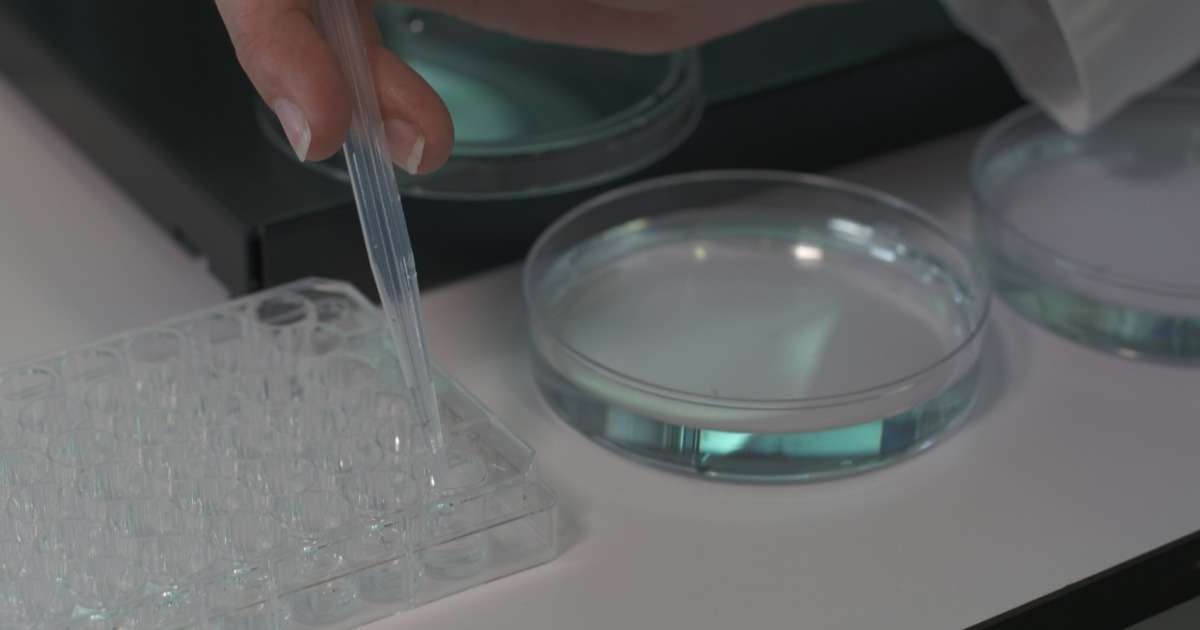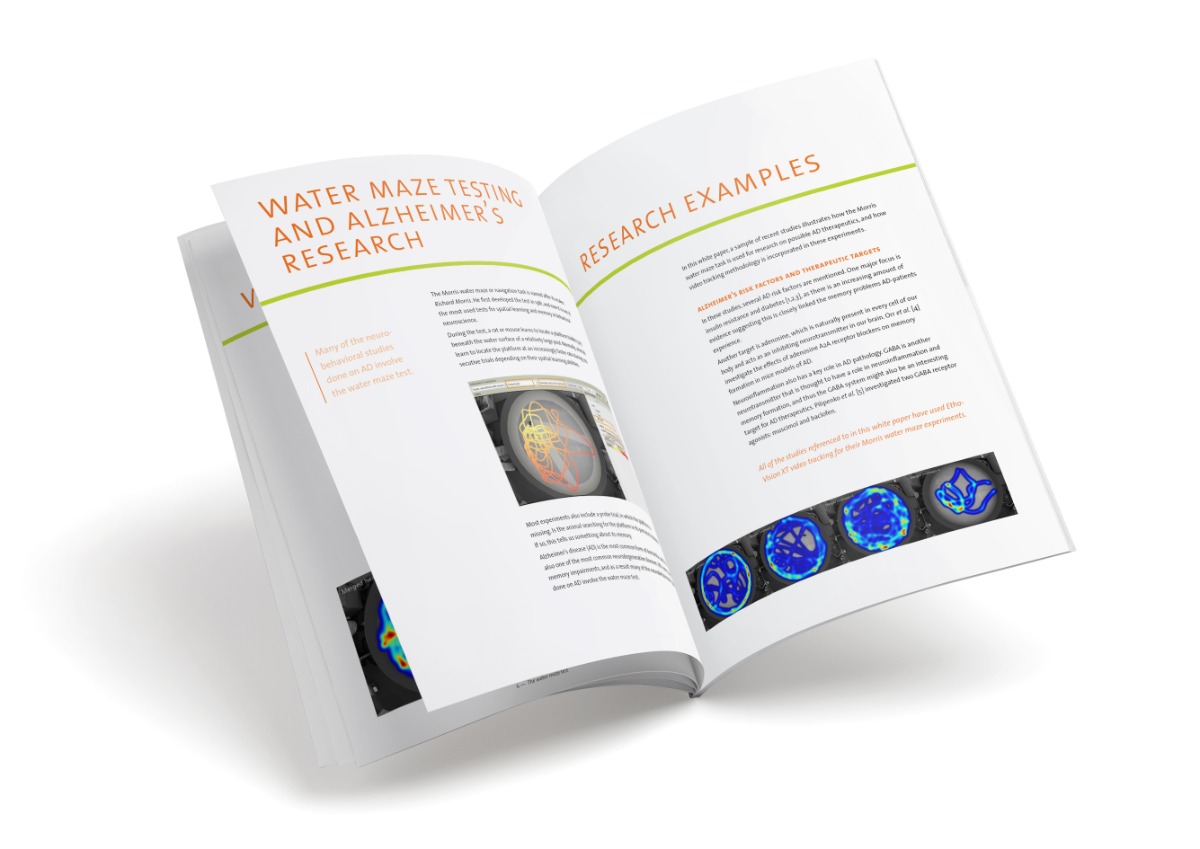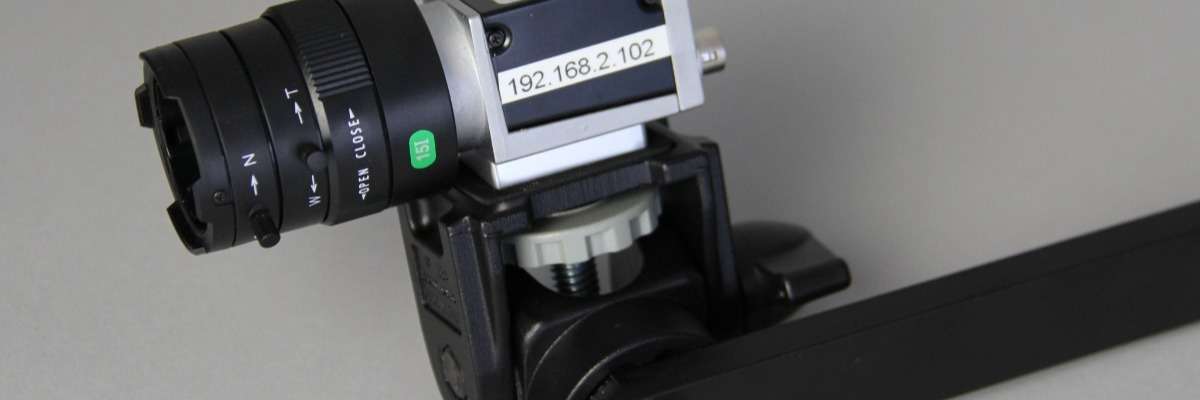
5 reasons that prove why a high-quality camera is essential for video tracking
In animal behavioral research, especially when we're looking at rodents and zebrafish, getting your behavioral analysis right is crucial. We need to be precise and reliable. And a big part of that comes down to using high-quality cameras for video tracking. In this blog, we're going to explore why top-notch camera technology isn't just a nice-to-have—it's a must-have for researchers who want to collect data that's not only accurate and detailed but truly insightful.
Camera just as important as tracking software
When it comes to cameras, think Orwell’s Animal Farm: They’re all equal, but some are more equal than others, meaning that all will provide images for tracking, but there is a trade-off between price and quality.
- You could easily use a Microsoft Lifecam for tracking if you don’t mind losing image frames or sacrificing image-to-image timing. This might not be a problem for tracking rats in the water maze but won’t suffice examining twitching or other stereotypy behaviors.
- GigE cameras have great resolution, are capable of higher frame rates (i.e., above 30 fps), and don’t place a heavy load on the CPU; however, they can be more expensive than other options.
- Our Buyer’s Guide to the Perfect Video Tracking Setup provides a full list of pros and cons, but here is a brief overview

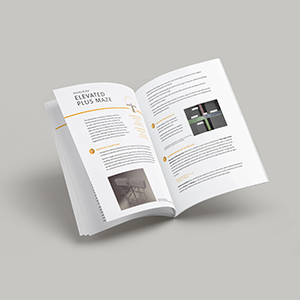
5 reasons that prove why a high-quality camera is essential for video tracking
We would argue that the quality of the camera is as important as the software used to track the animal and the task required of the animal! Inferior equipment creates bad data. Bad data doesn’t (or shouldn’t) get published in high-impact journals. Here are five reasons why a high-quality camera is essential for good video tracking.
1. Enhanced image clarity and resolution
High-quality cameras give clearer and sharper images. This clarity is essential when we're trying to track the small and subtle movements of rodents and zebrafish. These tiny behaviors can tell us a lot about their neurological health or how they're responding to treatments. With lower-quality video, we might miss these important cues or not see them clearly enough. Being able to catch these fine details, like a small twitch or a slight shift in how they're standing, helps researchers dig deeper into their studies, giving us a fuller picture of what's going on.
USB2.0 was launched at the turn of the century and typically streams at 640x480 pixels. It is not capable of providing enough bandwidth for 1080p at 30 frames per second. USB3.0 on the other hand, provides ten times the bandwidth of USB2.0. Another consideration is the lens itself. USB cameras have a fixed lens, which means you’re stuck with a specific focal length. GigE cameras, on the other hand, allow for a variety of lenses depending on your exact needs.
2. Improved low-light performance
Behavioral studies often require low-light conditions. This could be to mimic their natural habitats more closely or to study their sleep-wake cycles. High-quality cameras are vital for capturing clear, detailed footage even in dim settings. We aim to keep the environment as undisturbed as possible, avoiding any artificial lighting that could affect the behavior we're trying to observe.
This capability is crucial for accurately recording how rodents or zebrafish act in these low-light scenarios, ensuring our data is as true to life as possible. If you prioritize low-light performance, a GigE camera has inherent infrared sensitivity. Whether you have nocturnal experiments or dimly lit environments, GigE cameras deliver.
3. Higher frame rates for capturing fast movements
Rodents and zebrafish are speedy movers, which means we need cameras that can keep up with their fast-paced actions without blurring the details. As already noted, UBS2.0 cameras cannot record 30 fps at 1080. High-quality cameras, such as GigE or USB3.0, with their ability to record at frame rates of 60 fps or higher, are perfect for this job. They help us catch every bit of the action clearly. This clarity becomes super important in studies that look at how these animals move or react to different things. To really understand the nuances of their movement—how fast they go, the paths they take—we need every frame to be as clear as possible.
So how many frames is enough? Surely the more the merrier, right?! Not so much. In our experience, unless you are recording stereoscopic images or gait in CatWalk, recording higher than 100 fps is not necessary. The optimal rate is 25-30 fps, or up to 60 fps depending on the application.
4. Robust data for quantitative analysis
In the end, our aim in behavioral research is to get data that we can measure, analyze, and trust, making it possible to give us insights that really matter and are accurate. Even though EthoVision XT software is amazing at handling video of various qualities, to really get the best out of your research, high-quality cameras are key. Think of it like this: EthoVision XT is like a super smart detective that can work with any clues you give it. But when you give it clearer, sharper clues (thanks to better cameras), it can solve the mystery faster and more accurately. This means we can catch every tiny detail in our studies, making sure we don't miss anything important.
In short: pairing EthoVision XT with a high-quality video takes your research to the next level. It's about making sure we're not just getting by, but really nailing those discoveries with the best data we can get.

5. Long-term reliability and consistency
Opting for high-quality camera equipment is a strategic investment in the reliability and consistency of research outcomes. Cameras that maintain consistent performance over time significantly reduce variability in data collection, an essential aspect of longitudinal studies or experiments requiring replication. This consistency underpins the validity and reliability of research findings, thereby enhancing the credibility of the study. In essence, selecting superior camera technology is not just about capturing clearer images; it's about ensuring the integrity and reproducibility of scientific research.
Not convinced? Need some more information on camera types?
Make sure to take a look at the overview provided below, courtesy of Basler. Here they explain what the advantages and/or tradeoffs are of specific camera connection types. In the current market and with current technology, the discussion really centers around 3 connection types: USB 2.0, USB 3.0 and GigE.
- USB 2.0 cameras are generally very affordable, however have a lower data transfer rate compared to USB 3.0 and GigE.
- USB 3.0 provides higher throughput, allowing for faster data transfer, and in turn higher quality, while requiring a low CPU load due to a different protocol than USB 2.0 and GigE. However it lacks capabilities when wanting to use a larger multi-camera setup
- GigE cameras offer high throughput, especially with Gigabit Ethernet, you can achieve longer cable lengths (up to 100 meters) due to Ethernet technology, they support Power over Ethernet (PoE), and offer good synchronization capabilities. They do require a bit more tech-savvy setup compared to USB 3.0 cameras (which are more "plug-and-play")
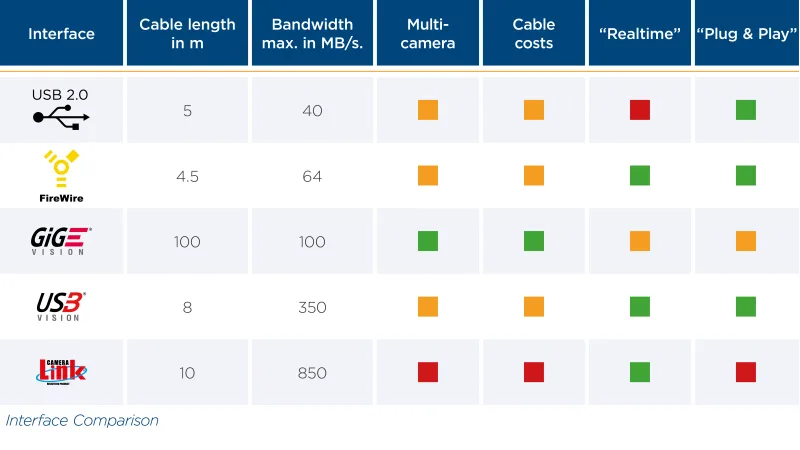
Image courtesy of Basler
It's a wrap!
High-quality cameras are a necessity, not just a fancy upgrade
Bringing high-quality cameras into our rodent and zebrafish studies is a necessity, not just a fancy upgrade. It's all about getting the clear, reliable data we need for cutting-edge research. These cameras help us see the tiny details that matter, making our work better and more efficient, and let’s be honest: in the end we’re looking for conclusions that are both reliable and meaningful. Top-notch video tracking is an investment in making sure our research can lead to real breakthroughs.
Any questions about what camera you need for your research setup? Do not hesitate to contact us! We have an extensive (international) team of behavioral experts.
Get the latest blog posts delivered to your inbox - every 15th of the month
more
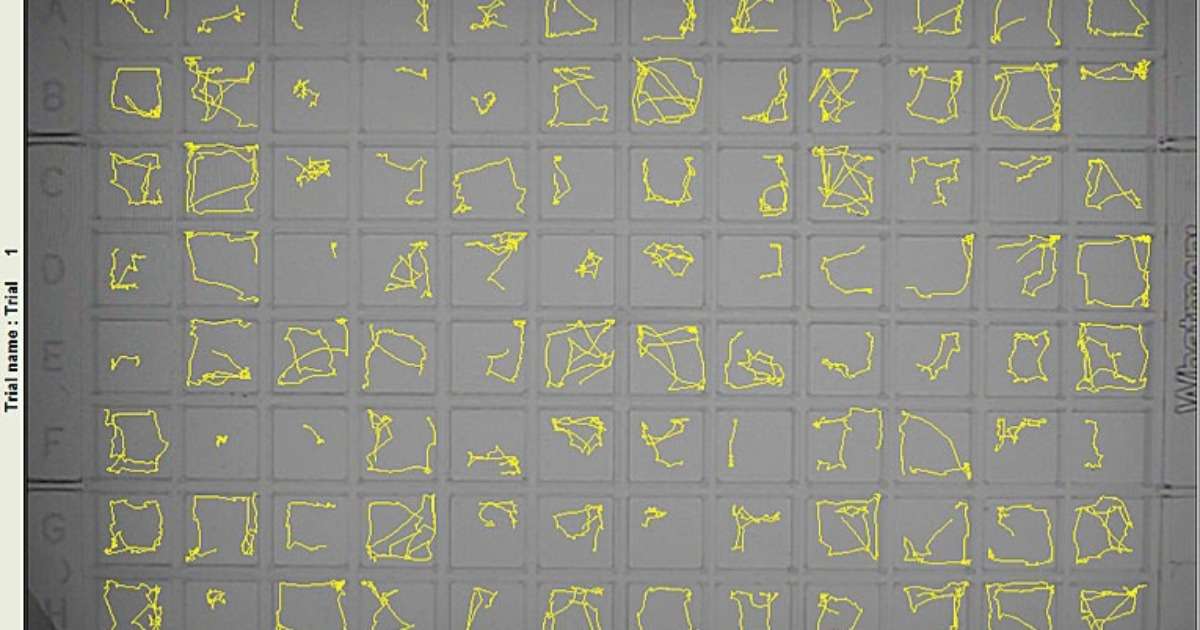
The ultimate list of neuroscience lab software tools
Are you interested in starting a new lab, or perhaps in updating your current lab to its maximum potential? If so, this list of ultimate neuroscience software tools is the place to begin.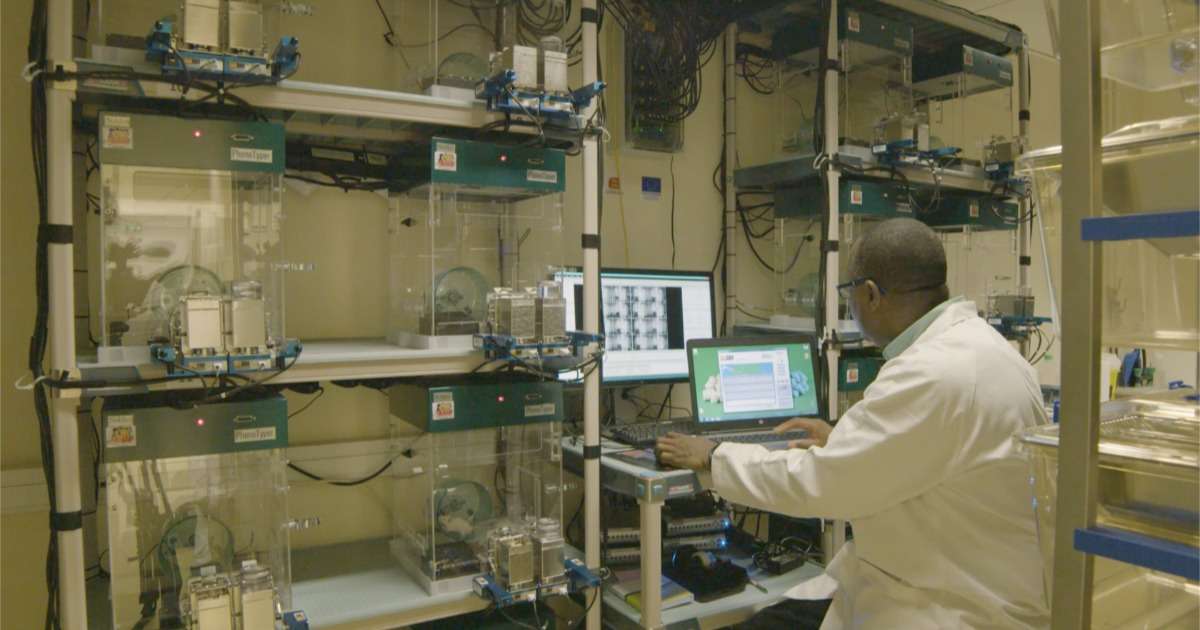
5 steps to set up the perfect behavioral suite
Noldus is your partner in research, and with versatile tools such as our state-of-the-art video tracking software EthoVision XT, we can help you achieve that next crucial goal in your animal experiment(s).